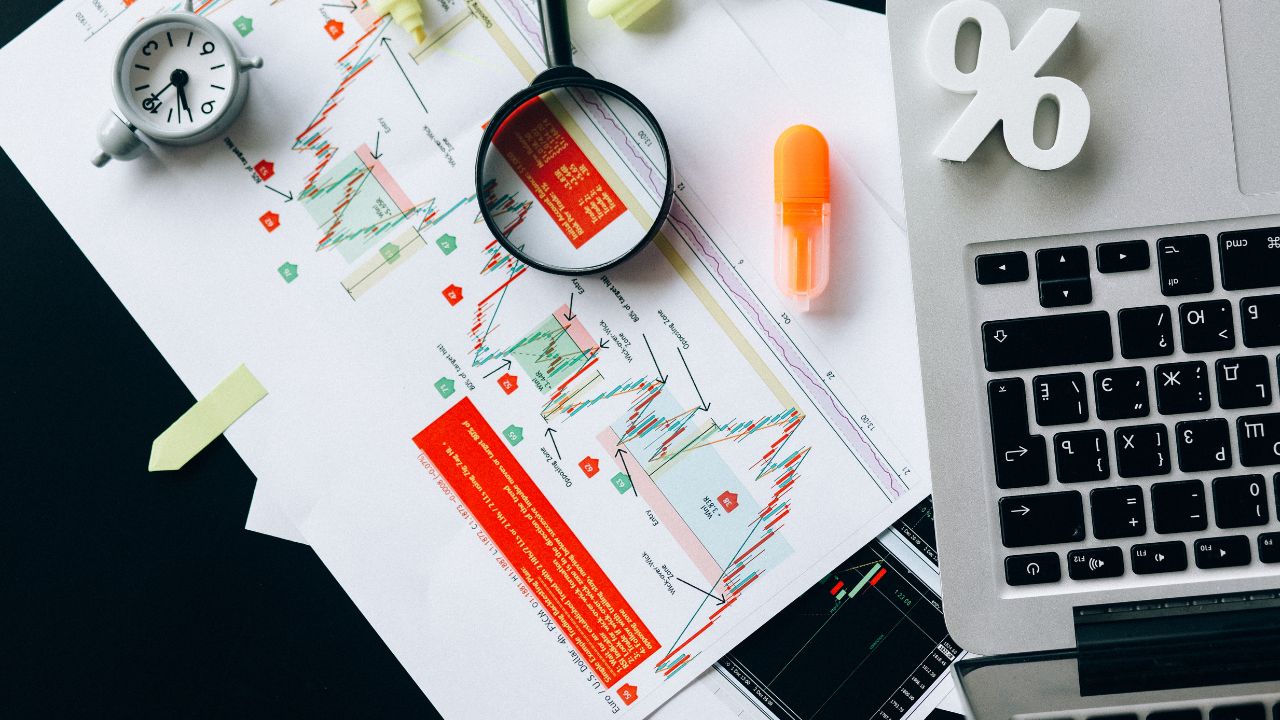
Compare Forex Brokers!
Compare top Forex brokers side-by-side and find the best fit for your trading needs. Start your comparison now!


The right steps need to be taken in order to achieve consistent profitability in Forex trading, and we traders are especially prone to making unnecessary mistakes. Here are 7 Forex trading tips for new traders to avoid making these mistakes.
Trading with live money too early will cost you money, as most traders underestimate the Forex market. The Forex market can fool new traders into trading with real money too fast. Here is how it happens…
Beginners often use very small data sample sizes when evaluating trading results. Let’s say you try out a promising strategy on the EUR/USD (the Euro against the U.S. dollar) on a demo/practice account. You place several trades over the space of a week and achieve a really good win ratio.
Let’s say you trade with a 1:1 reward-to-risk ratio and you win 7 out of 10 trades. You rely on the data of only one week’s trading and assume that the market conditions will keep on throwing money your way.
When something like this happens to beginner forex traders, they often become over-confident and assume they will achieve these results consistently. They can’t wait to make money with their ‘excellent’ trading strategy and start with real money in just a few days. I don’t need to tell you the rest…
My point is this: you need education and experience to even start thinking of long term profits. Just like it would be really foolish for someone to try and fly a plane without any training or experience, so it is foolish to trade forex on a live account without going through the necessary learning process and practice on a demo account first. Forex trading is not as easy as it may seem.

Take your time with demo trading. Try out different strategies and techniques. Get solid experience and only put in real money after at least 6 months of consistent profitability on your demo account. Then you should only start with small amounts of money to gradually gain more experience.

This should be pretty obvious but just like trading on a demo first, forex trading education is often neglected. An investment in basic Forex knowledge is certainly the best one you can make.
Even if you need to pay for lessons or a really good course, it is better to spend money on education than to donate money to the markets. Don’t be a fool, learn how to fly first before you get into the pilot’s seat. You don’t need to become a statistic.
A 5-minute candlestick contains how much market data? This is a pretty stupid question, right? Nevertheless, many traders think they can make exceptional trading decisions/predictions by looking at a few 5-minute or 15-minute candlesticks. For both experienced and inexperienced traders, the best way to master the markets is to use larger time frames. Traders who use small timeframes usually get gamed by more experienced traders who use daily charts and other large timeframes to make their decisions.
This doesn’t mean you can’t be profitable on smaller timeframes but trading on the bigger timeframes is just more reliable and also less stressful. A good way to start your trading is to use the 4-hour, daily, and weekly timeframes. Trading on larger timeframes also gives you more room for error (with wider stops being used) and time to make decisions/actions without being rushed. For example, you will often have enough time to calculate and set your initial trade parameters (entry price, stop loss, and take profit) and also to move your stop loss or take profit if necessary.
One of the most powerful ways to negotiate is to say “no”. Why do you want to trade on your opponent's terms? Trade on YOUR terms at prices that suit YOU.

In this daily chart of the GBP/USD, the great buying opportunities (in red) were found close to the mean (close to the moving averages). Waiting for pullbacks in this type of market can deliver immaculate profits. *Please note that in non-volatile, strong one-sided trends, breakout strategies or pullbacks on smaller timeframes may need to be utilised because notable pullbacks on the higher timeframes are usually lacking.
In many cases (especially in volatile markets that often make deep pullbacks), you will get filled at a really poor price if you jump on the bandwagon when 'everyone' is buying (when the price is in an overbought territory). In such market conditions, it pays to wait for decent price retracements before entering the market. These entries can be especially profitable, especially if a cunning swing trading strategy is combined with good discernment of market ‘context’, certain technical indicators, and a reliable candlestick trigger like a strong rejection candle situated in the right area (usually close to the mean). Of course, as a beginner, you may not have all of these lined up for you right from the start but to enter in the direction of strong trends on pullbacks against those trends will get you filled at a better price than those traders chasing the price. So what happens when you miss an entry? Don’t worry about it, there will always be other opportunities where you can trade on your terms, at your price. When you do this, you are much more likely to turn the odds in your favour.

Knowing how much of your capital to risk at one time or on one day is really important. Actually, it is absolutely critical! Perhaps you should just take some time to think about this clearly because this is, without a doubt, one of the most important things you should know about trading.
In general, a good rule is to risk less than 2% of your whole account on one single trade. Even if you’re using a demo account, this is really important because you need to get used to risking tiny bits at a time. Of course, when you first start trading on a real account, you can risk much less than 2% per trade.
Why should you risk less than 2% of your equity per trade if you have a great strategy that yields excellent results? Good question. After all, if you risk 5 or 10% per trade you will rake in the money much faster! Just think of the exotic holidays, expensive cars, a good life, etc.
Wrong. Trading is all about probabilities. Still not with me? There is a fancy mathematical formula called the Risk of Ruin Formula which uses different variables (win ratio, the percentage of equity risked, etc.) to calculate the chance of a particular strategy blowing your entire account. To keep it short and sweet, let’s just get to the most important point revealed by this powerful formula - even a great strategy can ruin your account if traded with lot sizes too large. For instance, to risk 10% of your account on one trade is way too risky and even with a strategy that produces a win ratio of 60% (at a 1:1 reward-to-risk ratio), you actually have a good chance of blowing your account.
On the other hand, if you use this same strategy and risk less than 2% per trade, your chances of blowing your account are negligible. Risking less than 1% will, for practical purposes, reduce your chances of an account wipe out to zero.

Just a last word on risk management - if you risk 1% per trade but open 30 trades simultaneously, it will most probably negate your risk management because your total exposure is too high and you probably have ‘same-sided’ trades running on currency pairs which are correlated.
If you want to be in the trading game for long, proper risk management is a must!
You may think you’re pretty tough and more than able to stick to a trading plan and keep cool under stressful conditions but think about this - let’s say you have a brilliant trading strategy you’ve backtested and forward-tested which yields a win ratio of 65%. And let’s say you risk 1% of your account per trade. You have a family to care for and although you’re trading with money you can afford to lose, you actually have high expectations for your capital and so do your wife and kids. Now let’s say this strategy takes you through an account drawdown of 32%. Would you be able to withstand the emotional and psychological stress of such a large drawdown? Remember, you have other people checking on your performance as well.

The point I’m trying to make is this - you need to be pretty tough to trade like a pro. There’s no use in talking around this. Trading is war and you need a soldier’s attitude and discipline to conquer the markets. The impact of losing trades on human psychology is much more intense than trades that are won, believe it or not. Even with an impeccable strategy, you will have to face losses and ride out drawdowns in order to achieve your goals. Unfortunately, one of the most important traits of successful traders is the ability to endure losing trades.
Let’s face it, people who enjoy what they do and who are passionate about it often do it the best. We can sometimes become so entangled with goals and ambitions that we forget about an essential ingredient of successful and sustainable trading - enjoyment.

These steps will help you to get the most out of your trading (fun-wise):
Explore more resources that fellow traders find helpful! Check out these other guides to enhance your forex trading knowledge and skills. Whether you’re searching for the best brokers, educational material, or something more specific, we’ve got you covered.